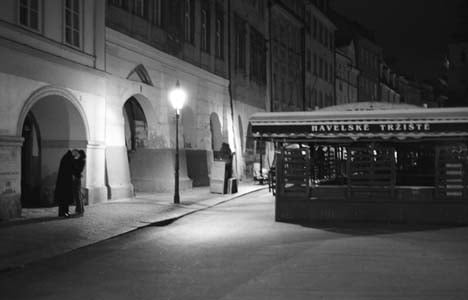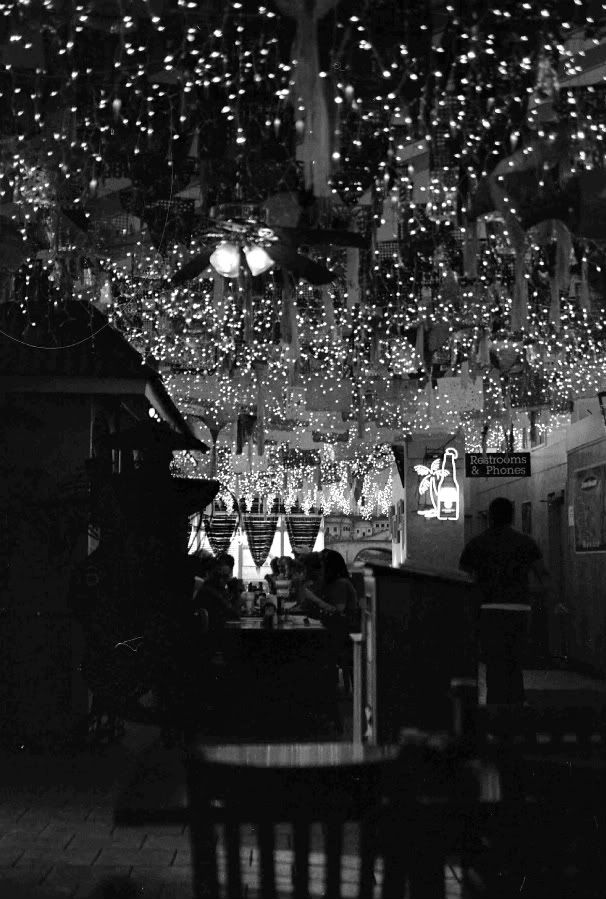akremer
Established
if only it was raining and lit by a street lamp/




Thanks for the Mentions ....Greatly Appreciated....😀
This was Halloween night ...on my way Home

Con Ed working on a street pipe...M6 / Nokton 1.5 / neopan 1600

This was Halloween night ...on my way Home

I'll also add that the film noir look tends to incorporate uni-directional lighting and a GoBo of the sort that projects window frames at the subjects etc...
I see the "Film Noir Look" as encapsulating the look of moderately budgeted Hollywood crime films with awful dialogue and pretty actrsses form the 40's and 50's and i think it's as much about the subject as it is about the technical side. the lighting techniques are, to us, very primative but very stylistic in their own way.
for a film noir image I personally would use the following ingredients
40's-50's style dress (things like fedoras, side partings, brogues huge lapels and fur)
a striking actress (model in this case)
cigarette smoke
a single light source with a GoBo projecting a window frame shadow across the frame
an old lens
some pushed B&W film to mimic the unrefined movie films of the day
of course, a Film Noir style shoot doesn't really have to look like it came from the middle of the last century, but for me there would need to be quite a melancholic mood in the image to take it from "simple pushed black and white image" to the Film Noir style


